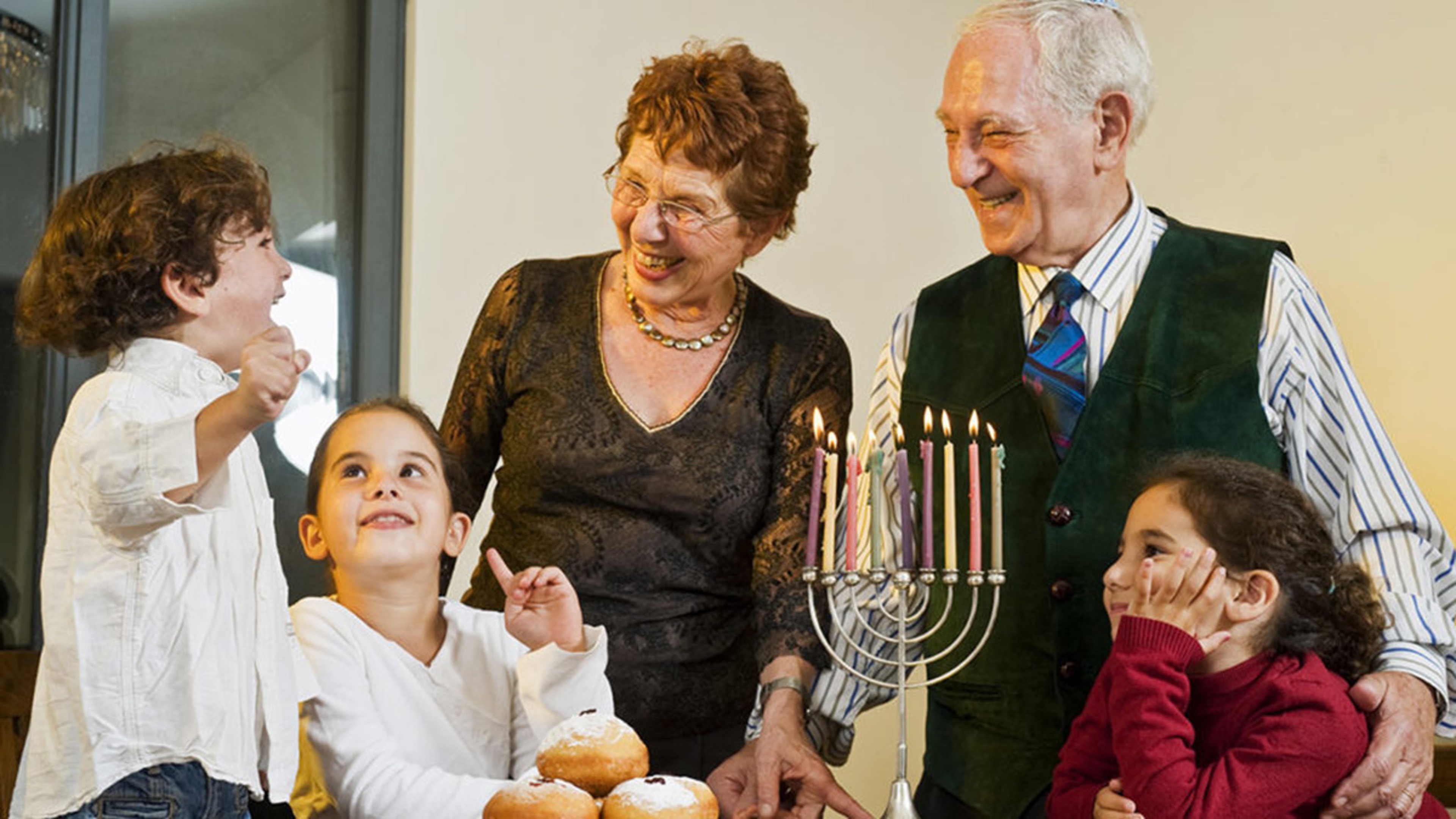How to Celebrate Kwanzaa: The First Fruits, Family & Friends
We'll shine some light on how and why you should celebrate Kwanzaa this year.
Dec 24, 2020
Kwanzaa is right around the corner, which means it’s time to brush up on your understanding of this unique celebration. Whether you’re planning to celebrate for the first time or the 50th time, this article will shine some light on how and why to celebrate Kwanzaa this year.

What is Kwanzaa?
Kwanzaa is a relatively new holiday that embraces and honors African culture, reaching back centuries. It started in 1966, when professor Maulana Karenga of California State University, Long Beach, created the holiday to reconnect African-Americans with their cultural roots and traditions. The name "Kwanzaa" is an adaptation of the Swahili phrase matunda ya kwanza, which means “first fruits of harvest.”
This seven-day holiday is observed every year from Dec. 26 to Jan. 1. Families gather to celebrate, paying special homage and attention to seven core principles that honor pan-African culture. Kwanzaa is a one-of-a-kind holiday that celebrates prosperity and highlights individual family traditions.
Celebrate Kwanzaa with mambo yote mazuri
Kwanzaa captures mambo yote mazuri, or “all things beautiful.” During Kwanzaa’s week-long celebration, families take time to reflect on the richness of the past, the potential of the present, and the promise of the future.
Each night of Kwanzaa includes a family gathering dedicated to a different principle of the Nguzo Aba and lighting the corresponding candle on the kinara. Then the night unfolds with stories (often related to the principle), poetry, art, gifts, and food.

The Seven Principles of Nguzo Aba and ideas for how to celebrate them
- Unity (Umoji): Tell stories of achievements that could not have been accomplished alone.
- Self-determination (Kujichagulia): Consider snacking on caramel-covered apples to prompt a discussion about looking into the core of the self and finding strength within.
- Collective work and responsibility (Ujima): This is the perfect night for a potluck. Everyone’s contribution shows the culmination of a few adds to something bigger, better, and more meaningful.
- Cooperative economics (Ujamaa): Remember to support black businesses, and one another. Choose a black-owned business for tonight’s meal.
- Purpose (Nia): This is a great time to focus on community and outreach. Consider inviting neighbors and serving baked treats, coffee, and tea, or baking a loaf of bread for a friend who could use a pick-me-up.
- Creativity (Kuumba): This is often the most exciting day. It’s all about color, music, eating, and dance.
- Faith (Imani): This is often a day of self-reflecting that ends with the distribution of gifts. Focus on all that came before you, all that is around you, and all that will come after you.
Getting ready and decorating
Traditional Kwanzaa celebrations center on a table set for the occasion. To create your own Kwanzaa table, you will want to:

- Cover your table with your favorite African cloth.
- Place a mkeka, or mat, on the table.
- Center your kinara on the mat with your mishumaa saba ready to light.
- Arrange your “first fruits” around the kinara. Fresh pears are a lovely addition to the Kwanzaa table. You will also want to include one ear of corn per child in the family. If you don’t have kids, you’ll still include one ear for the idea of social parenthood. Popcorn is also a great contemporary take on this tradition!
- Place artisan-made, uplifting gifts on the table.
- Don’t forget your kikobe cha umoja, a wooden cup used to remind us to give thanks to our ancestors.
Make it your own
One of the most exciting aspects of Kwanzaa is that your celebration should reflect you and your family. Cook your favorite meals, whether that’s a cozy chicken noodle soup or something that incorporates fruit that you can easily share with visitors, such as this pear chicken. You can decorate the room with ancestral elements like art, masks, and beadwork. You can also add elements like fresh tropical flowers that inspire the spirit, the joy, and a contemporary take on harvest. Amaryllises are a South African native that will add a pop of color to your Kwanzaa.
Kwanzaa is a great opportunity to make memories and celebrate all the beauty in the black community. Happy Kwanzaa, and have a bountiful year!







